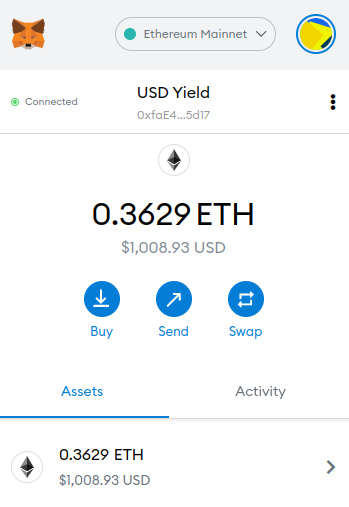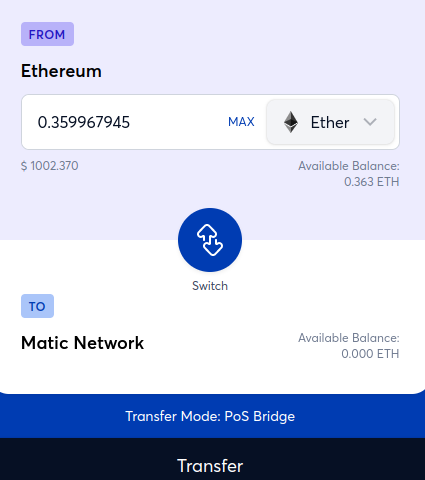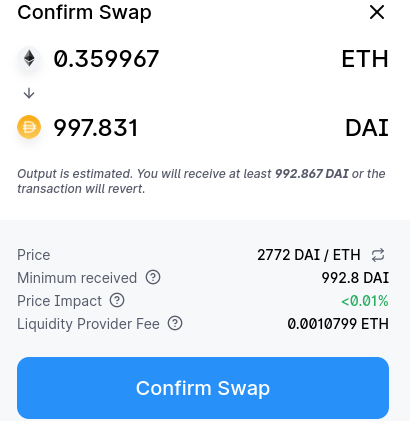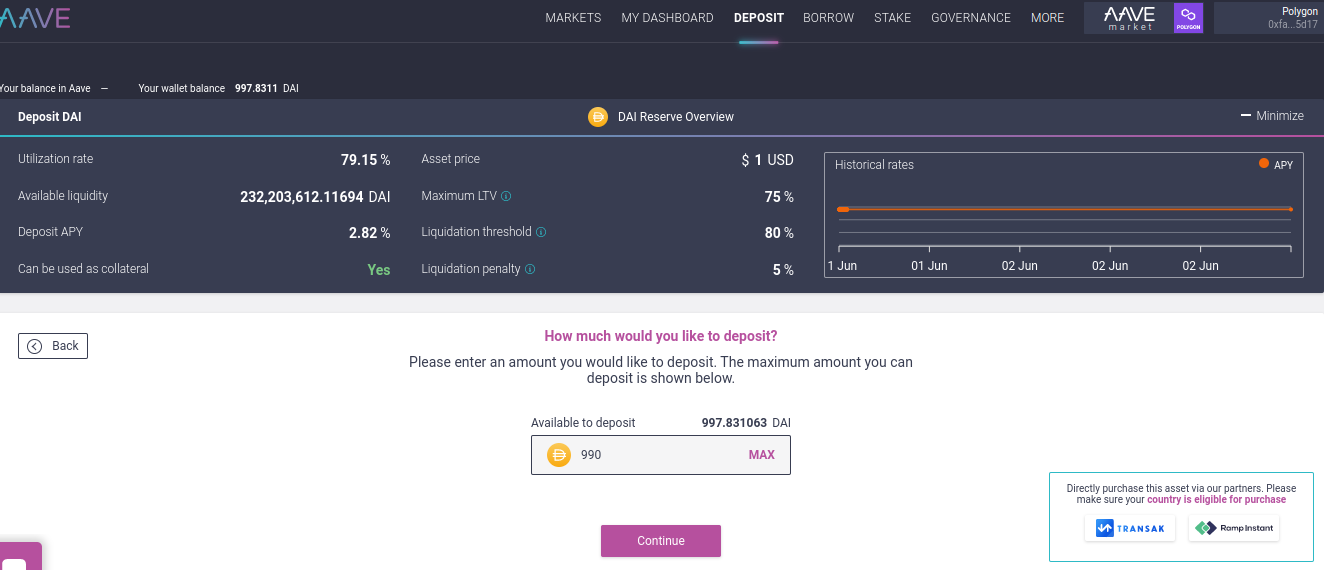Maximizing Yield on US Dollar Pegged Coins
A Decentralized Finance (DeFi) Exercise
Over the last couple of months, I have been playing around Decentralized Finance, a relatively novel application within the cryptocurrency ecosystem. In this post I want to illustrate how to use several DeFi applications to maximize yield on US Dollar pegged coins (stablecoins) without having exposure to cryptocurrencies volatility.
This post is advanced in its nature: To understand it, you will require an intermediate level of knowledge in DeFi and investment finance. If you’re keen to learn here’s how you can start:
Deposit USD or CAD and buy cryptocurrency (For this exercise, I suggest buying ETH). I like Netcoins but something like Coinbase works just fine
Setup a wallet. I am very happy with Metamask
Learn how to use Polygon / Matic, a quasi Level 2 Ethereum solution
Learn how to use AAVE, a lending platform on Ethereum and Polygon
The first step is to get the amount you want earning yield in your Metamask wallet.
From there, open the Matic Network wallet and transfer the ETH to the Polygon / Matic network
The next step is to connect your Matic Metamask wallet to QuickSwap, and exchange your ETH to DAI. DAI is a cryptocurrency that is pegged to the US dollar, meaning 1 DAI = $1 USD
Finally, deposit your DAI in AAVE. This is where the fun begins.
Now that your assets are deposited on AAVE, the goal is to borrow USDC, another coin pegged to the US dollar. The idea is to do the following:
Borrow USDC on AAVE
Exchange USDC to DAI on QuickSwap
Deposit DAI on AAVE
After repeating steps 1-3 eight times, this was the result:
What does this mean?
I have deposited on AAVE $3,382 DAI, earning 2.82% p.a on my deposit
I have borrowed $2,400 USDC, costing me 2.94% p.a.
I am earning 3.71% MATIC Rewards for my DAI deposit on AAVE
I am earning 3.46% MATIC Rewards for my USDC loan on AAVE
What are MATIC rewards?
MATIC is the native token of the Polygon / MATIC network. At the moment, I am being rewarded as an user of the protocol. The rewards accrue instantly, so for the purposes of keeping my cryptocurrency price volatility at a minimum, on an almost daily basis I will be converting my rewards to DAI and depositing them in AAVE.
What is my expected annual rate of return on this strategy?
For my deposit, I expect to make: $3,382 * 2.82% = $95.37
For my loan, I expect to pay: $2,400 * 2.94% = $70.56
My MATIC rewards for my deposit are: $3,382 * 3.71% = $125.47
My MATIC Rewards for my loan are: $2,400 * 3.46% = $83.04
$95.37 - $70.56 + $125.47 + $83.04 = $233.32
I deposited $990 DAI on AAVE, so my expected annual rate of return is roughly: 233.32 / 990 = $23.56%
What are the principal risks of this strategy?
The APY of my deposit and my loan deviate significantly. For example if my deposit APY goes down to 1% and my loan APY goes up to 5%, the strategy stops making economic sense. The upside is that this strategy can be closed as quickly as it was opened (20 minutes).
The MATIC rewards disappear. This would make this strategy uneconomical.
DAI coin loses its peg. This strategy mainly works because there is very little to no fluctuation between DAI and USDC. As long as the peg stays, there is stability in the strategy.
Your Metamask wallet gets hacked. Please make sure you set up your wallet carefully.
Although it looks complicated, once you get a hang of Metamask, Polygon, QuickSwap, and AAVE, getting this strategy in place is not that complicated. Once its up and running, you are welcome to either keep accumulating MATIC rewards (and add the price volatility of MATIC to your strategy), or periodically exchange MATIC to DAI. As long as the APYs stay close and the MATIC rewards continue, this strategy works and I believe it is great on a risk adjusted basis.
I expect MATIC rewards to be reduced slowly over time, so it is probable that my 23.56% expected annual return will be lower. However it sure beats the 0.30% expected annual return I am currently getting in my savings account.
For informational purposes only. This is not investment advice.







How is your return becomes 23.56%? You have deposited $3,382 DAI in AAVE, not $990; your return is only about 7%. Please update this document. Thank you!